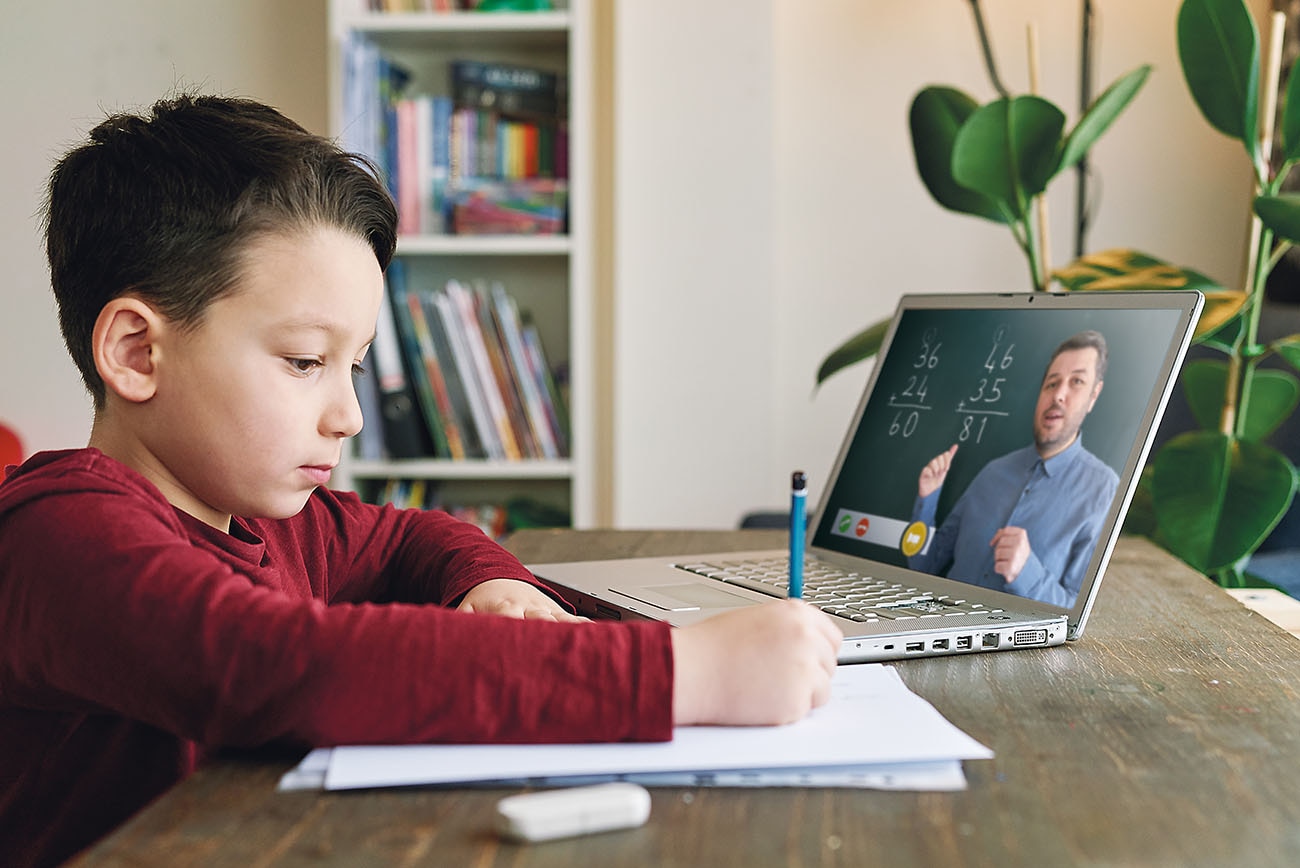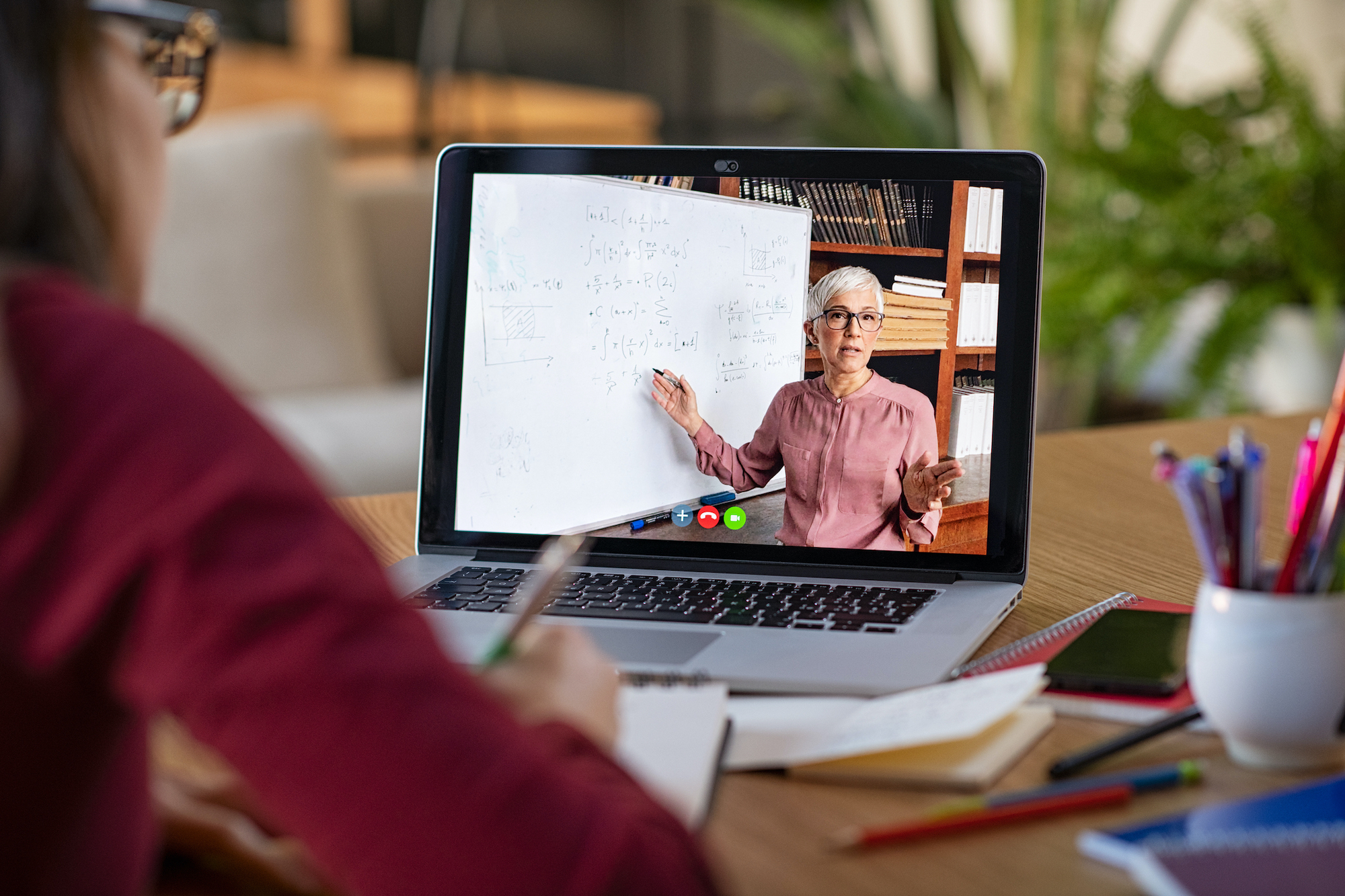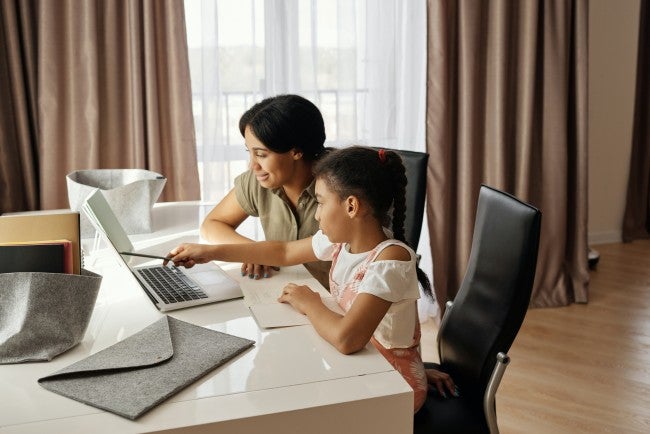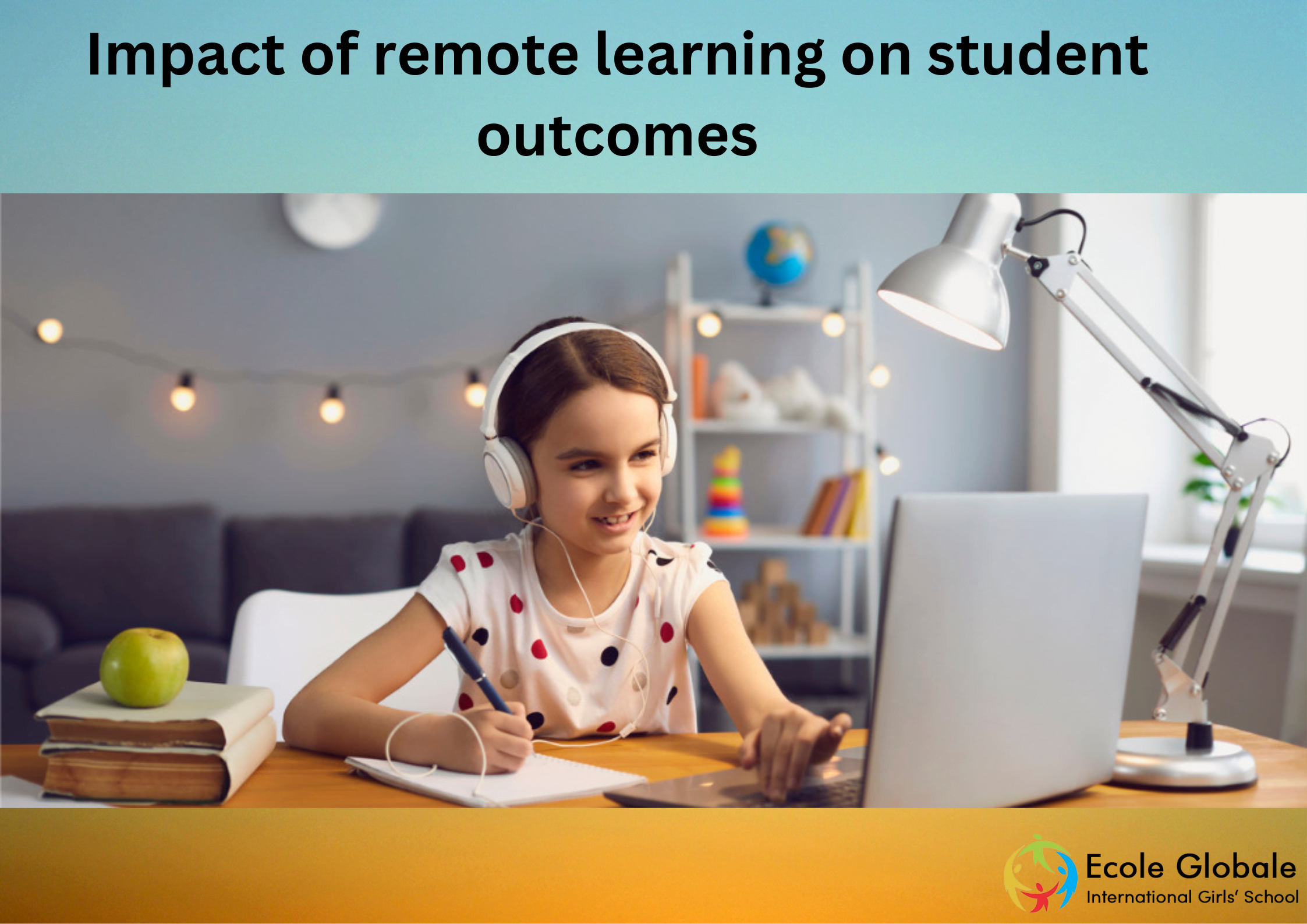Adopting remote learning practices can yield hard cost savings and higher student engagement. Institutions are beginning to adopt different forms of distributed education to meet the increasing demand for online education and technology-enhanced learning. This trend is growing and attracting more people who want to participate in online programs. But can you learn effectively from home?
Many people question whether or not distance learning is effective for studying. They worry that the lack of direct instructor feedback and support will affect their grades and their future. In other words: what is the impact of remote learning on student outcomes?
Remote learning

The impact of technology on education. To understand why remote learning may have these negative effects, we must first understand how it works. Online courses are taught by a teacher located anywhere in the world. The instructor creates materials such as video lectures and tests that are then transmitted over the internet to students’ computers or mobile devices via streaming software or email attachments.
Students interact with each other through discussion boards or chat rooms where they ask questions about their assignments or share information about their lives outside of class.
Remote learning has exacerbated inequities in education

As per Research conducted by Boarding Schools in India, Remote learning has exacerbated inequities in education by providing greater access to resources and opportunities for more affluent students while limiting opportunities for low-income students who may not have access to such resources at home or nearby libraries.
Remote learning can also negatively impact students’ social development and increase isolation from teachers, peers, and other students who are not using remote learning methods at home or school.
The lack of access to online courses also negatively affects students from underserved communities who may need to work or have other obligations outside of school that make it difficult for them to travel long distances for instruction. The result is that certain groups of students do not have access to high-quality learning opportunities.
Academic performance

The impact of remote learning on students’ academic performance is a complex issue. Some research suggests that remote learning can lead to measurable improvements in student outcomes, particularly for students with disabilities or other special needs who may not be able to attend school in person.
But some reports suggest that remote learning has negative effects on student’s academic performance, particularly in areas such as critical thinking and communication skills.
The results have been mixed, with some studies finding positive effects and others finding no significant differences between traditional and virtual education models. However, many studies have shown that virtual schools have higher graduation rates than traditional schools. It suggests that virtual education may be more effective at helping students achieve their educational goals.
Access to courses

Remote learning programs are designed to help address this issue by providing an alternative form of education for students who otherwise might not be able to achieve their goals. Remote learning programs exist in many forms- online courses, virtual classrooms, and live video conferencing sessions.
Remote allows students from different geographic locations to access courses that would not be available locally or due to a lack of funding.
Access to technology

The availability of technology and internet access is a key factor in any discussion about remote learning, particularly when it comes to student outcomes. Access to technology is one of the biggest barriers to students engaging in online learning.
The ability to access technology is an important factor in student success. Students need access to the latest technologies to be successful in their studies. Remote learning offers several advantages for students who live in urban areas.
There is a wealth of research suggesting that students who have access to technology at home perform better academically than those who don’t. The availability of high-quality and affordable internet service is inconsistent across the country or even within states or communities. As a result, rural areas often lag in technological advances like remote learning and STEM education.
Students in remote learning have less interaction with teachers and fewer opportunities to ask for help

According to the Best Schools in India, Studies have shown that interactions between teachers and students are essential for student performance. Teachers can provide feedback on student work, answer questions about the material being taught, and offer encouragement when students struggle with a problem.
These interactions are particularly important for low-income and minority students who often struggle academically due to factors like family background or neighborhood environment.
It can be especially problematic if students are not receiving the same quality of instruction as students in traditional schools. While some remote learning programs provide support staff to monitor student progress, they are often unable to provide the same level of face-to-face interaction that teachers can.
The social-emotional needs of students are largely unmet during remote learning

The rise of online learning has been a boon for students and educators alike. The flexibility it offers allows students to learn at their own pace while teachers can provide individualized instruction. But the social-emotional needs of students are largely unmet during remote learning.
Children need to be able to talk about their emotions, and they need to learn how to express their feelings in ways that are acceptable in society. It is something that happens naturally when children are together in a classroom. It’s hard for them to do this when they aren’t together.
Remote learning can lead to feelings of isolation and depression, which can affect academic performance. In addition, there is no way for teachers to assess how well a student is doing in real-time, which means that they may not intervene when needed.
Teachers have had to learn new skills and approaches to online teaching

Remote learning is different from traditional learning in a private class or face-to-face lectures. It’s easier to connect with your instructor, classmates, and people all around the world through technology. Remote students can spend a few hours doing schoolwork at their own pace. With remote learning, you can learn anywhere, anytime.
The challenge of communicating effectively with students at a distance has been overcome by the use of technology that allows teachers and students to interact in real time.
Students have had to learn new skills, including effective time management, study habits, and organizational skills. Some students have benefited from the flexibility of having more time for themselves. But others have found it difficult to manage their time effectively when faced with distractions such as social media, mobile phones, and television.
Remote learning reduces dropout rates

Students who study online are less likely to drop out of school than those who learn offline. The goal of most remote learning programs is to provide students with access to a quality education regardless of their geographic location or financial situation.
By allowing students to take classes at home from the comfort of their living room, remote learning helps reduce dropout rates among at-risk populations while increasing graduation rates across the board.
One major benefit of remote learning is that it allows students to focus on their studies without worrying about work or other responsibilities that might distract them from completing their assignments on time.
It can be especially useful for those who are caring for children or elderly relatives while also working full-time jobs to support themselves financially. By eliminating these distractions, remote learning programs help reduce dropout rates among at-risk populations by giving them enough free time.
By eliminating these distractions, remote learning programs help reduce dropout rates among at-risk populations by giving them enough free time.
Conclusion
The impact of remote learning on student outcomes is mixed. While several studies have found that students who take online courses perform as well or better than those who take traditional courses, others have found the opposite.
The mixed results may be due to differences in the design and implementation of online courses. While there is no consensus about how effective remote learning is, most experts agree that it has the potential to improve student outcomes.
The key is for schools to use evidence-based practices in designing and implementing the programs to maximize their effectiveness. The negative impact of remote teaching can be mitigated with careful planning.
For any queries related to parenting, schooling, or any student-related tips, click here to check out our latest blogs






